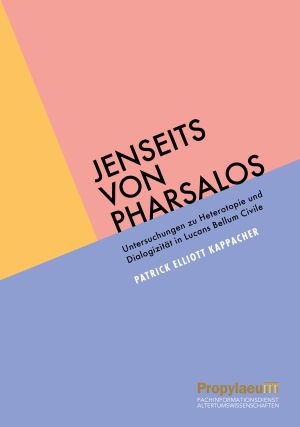Edited by Katherine Kanne, Helene Benkert, and Camille M.L. Vo Van Qu
The human past is unimaginable without the horse. From our
ancestors hunting and painting horses in the Upper Palaeolithic, to the
earliest riders, the rise of equestrian empires, and the critical role
of horses in war, settler colonialism, and modern state formation, human
history is undeniably equestrian. Because of the deep and varied
entanglements between people and horses, the study of horses of the past
is inherently, and increasingly, interdisciplinary. However, scholars
often do not understand the methods or know the research outside of
their discipline.
This book corrals a herd of specialist authors from seventeen
countries that explain their disciplinary approaches and provide case
studies of human-horse relationships in the past, including archaeology,
history, classics, art history, literature, and veterinary medicine.
This ground-covering volume overviews key methods, theory, period,
and area studies. Aimed at scholars wanting to understand and
incorporate research outside of their speciality, or those who wish to
undertake collaborative projects, it is also designed as a starting
point for students and non-specialists to pursue the study of horses in
the past.
Paperback ISBN: 9789464263350 |
Hardback ISBN: 9789464263367 |
Imprint: Sidestone Press
| Format: 210x280mm
| 288 pp.
| Language: English
| 12 illus. (bw)
| 119 illus. (fc)
| Keywords: archaeology; horses; prehistory; history; equestrianism;
human-horse relationships; horse domestication; zooarchaeology; horses
in warfare; horses as cultural heritage; zooarchaeology
| download cover
| DOI: 10.59641/ww723zi
| CC-license: CC BY-NC-ND 4.0
Foreword
Alan Outram
Introduction
Katherine Kanne, Helene Benkert, and Camille M.L. Vo Van Qui
Part 1: Methods
Archaeology of the Horse
Katherine Kanne and Helene Benkert
Advanced Methods in Zooarchaeology
Katherine M. French
Art History for Historians and Archaeologists: Using Visual Culture as Source Material
Lonneke Delpeut
Methodologies in Classics
Carolyn Willekes
Interdisciplinary Research Methods in History: The Example of Medieval Horses in Western Europe
Camille M.L. Vo Van Qui
Part 2: Horses Through Time
Horse Domestication and Early Use
Katherine Kanne
Horses in Ancient Egypt
Lonneke Delpeut and Heidi Köpp-Junk
Introducing Horses to Kofun Japan: The Dawn of Equine Culture focussing on Kawachi (河内) (Current Osaka Region)
Chun Ho Kim
Horse and Rider in the Avar Empire (late 6th-early 9th century AD)
Birgit Bühler
Horses in the Viking Age
Harriet J. Evans Tang
The History and Historiography of the Horse in India
Yashaswini Chandra
Part 3: Working and Living with Horses
Approaches to Researching Horse Training in Medieval Western Europe: Thirteenth to Fifteenth centuries
Camille M.L. Vo Van Qui
The Horse in European Warfare
Helene Benkert and Birgit Bühler
History of Equine Veterinary Medicine
Savaş Volkan Genç
Hippophagy
Katherine M. French
European Women in the Sideways and the Side-saddle
Bettina Keil-Steentjes
The Horse in Literature – From Status Symbol to Companion
Cristina Oliveros Calvo and Anastasija Ropa
Equestrian Sports Through the Ages
Anastasija Ropa
Horses as Cultural Heritage: The Cretan Horse
Věra Klontza-Jaklova










